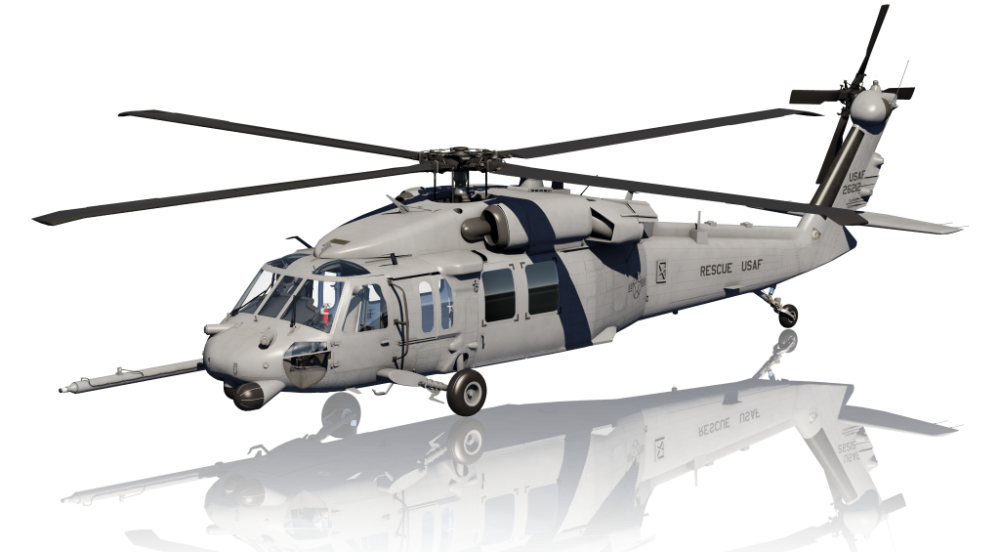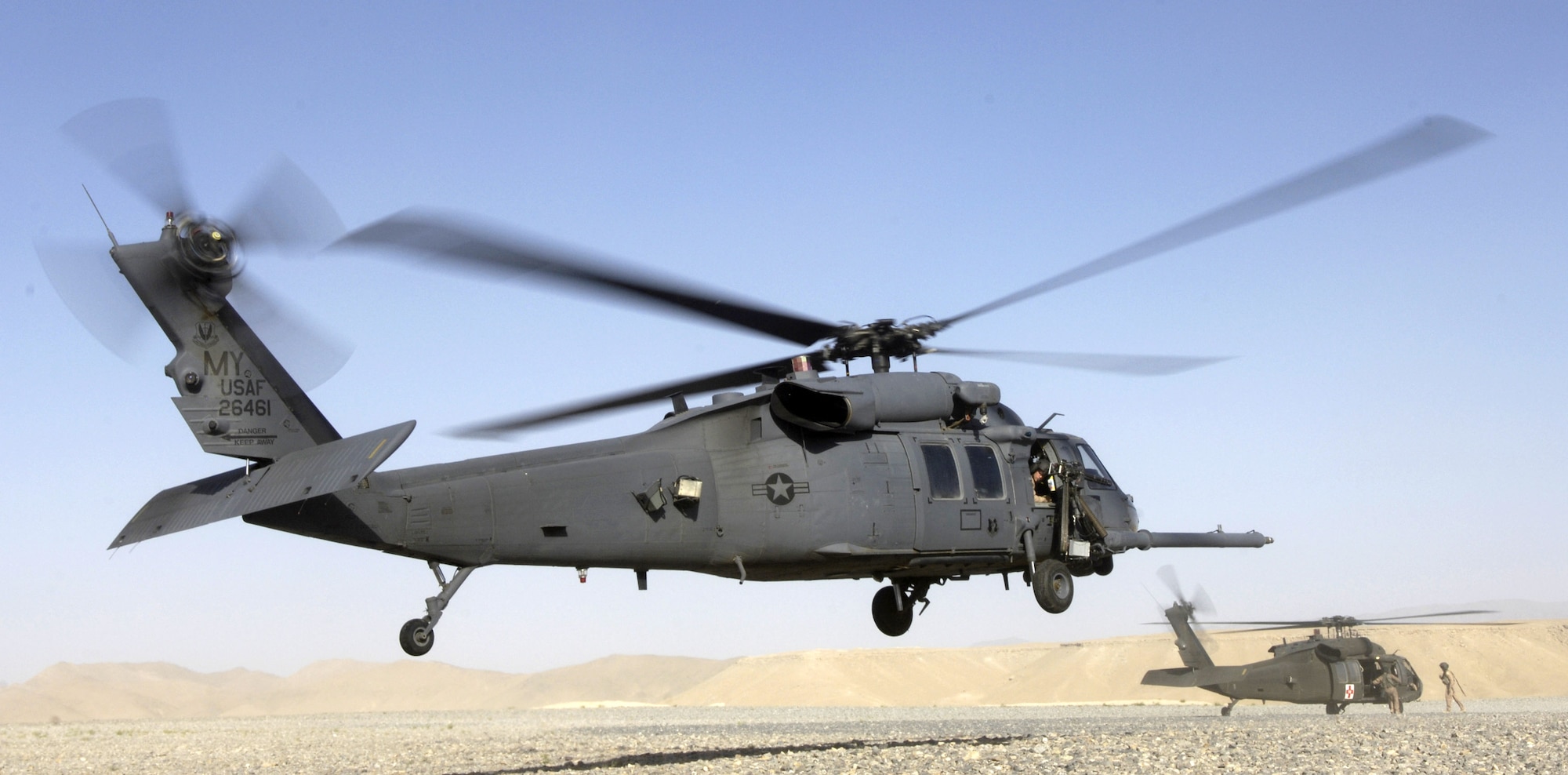Maintenance and Upkeep for UH 60 Helicopters
Wiki Article
A Comprehensive Overview to the Upkeep and Treatment of Airplane for Long Life
The long life of an airplane pivots significantly on its maintenance and care, demanding an organized strategy to guarantee ideal performance and safety and security. Recognizing the intricacies of these practices can be complex; consequently, it is necessary to explore the crucial components that contribute to efficient airplane care and the ramifications of neglecting these duties.Relevance of Routine Upkeep
Regular upkeep is important for the safety and security, efficiency, and long life of aircraft. A methodical strategy to maintenance ensures that all parts work ideally, thus lowering the danger of mechanical failing during procedure. Normal evaluations and maintenance permit professionals to determine possible problems before they rise right into substantial problems, making sure that the airplane remains in compliance with air travel guidelines.In addition, preserving an airplane according to the manufacturer's guidelines is important for maintaining its worth. A well-documented upkeep history can improve resale prospects and infuse confidence in potential purchasers. Additionally, routine upkeep adds to functional performance, as it aids to optimize gas consumption and performance metrics, resulting in cost financial savings with time.
In addition, routine maintenance adds to the overall security of trip operations (uh 60). By dealing with damage without delay, drivers can minimize threats linked with aging airplane systems. This positive strategy not just secures the lives of travelers and crew however likewise safeguards the airplane itself versus disastrous failures

Daily Inspection Checklist
How can pilots and upkeep teams ensure the airplane is in optimum problem before each trip? The answer depends on an extensive day-to-day assessment checklist, which functions as a crucial protocol to recognize prospective problems that could endanger safety and efficiency. This list needs to include a number of key locations, including exterior and indoor examinations, along with useful checks of essential systems.Starting with the outside, teams should examine the airframe for any type of noticeable damages, leaks, or indications of rust. Interest has to be paid to regulate surfaces, landing equipment, and the condition of tires. Relocating to the inside, the team ought to validate that all controls and tools are functional, guaranteeing that electronic systems are functioning properly.

Along with structural checks, it is necessary to inspect gas levels and verify that all called for papers, including enrollment and weight and balance information, are up to date. Finally, a review of emergency situation equipment, consisting of life vests and fire extinguishers, must be performed to make sure compliance with security guidelines. By carefully following this daily evaluation checklist, pilots and upkeep teams can substantially improve the safety and reliability of their airplane.
Scheduled Upkeep Programs
Set up maintenance programs are important for the long-term safety and efficiency of airplane operations. These programs are designed to ensure that all airplane components undergo normal assessments, upkeep, and needed repair work at fixed intervals. By sticking to a structured upkeep schedule, drivers can dramatically decrease the risk of in-flight failings, improve aircraft integrity, and extend the life expectancy of vital components.Usually, set up maintenance is classified into numerous levels, including A, B, d, and c checks, each with unique needs and thoroughness. A checks are typically more frequent and concentrate on fundamental visual inspections and small repair services, while D checks are a lot more comprehensive and take place less regularly, including comprehensive disassembly and overhaul of the airplane.
Governing bodies, such as the FAA and EASA, required compliance with particular upkeep timetables based on aircraft type and usage. Operators must maintain precise records of all upkeep executed to show conformity and help with assessments. Additionally, the integration of predictive upkeep technologies can additionally improve the performance of scheduled programs by recognizing possible concerns prior to they rise, therefore guaranteeing that aircraft stay in ideal condition and browse around this web-site ready for secure operations.
Look After Aircraft Interiors
Caring for aircraft insides is critical not just for guest comfort however additionally for webpage preserving the general value and safety and security of the aircraft. Regular cleansing and upkeep of the interior components add considerably to a positive flying experience while protecting the aircraft's aesthetic allure.To make sure ideal care, it is vital to develop a regular cleansing timetable that consists of vacuuming rugs, cleaning down surfaces, and disinfecting high-touch locations. Upholstery and seating must be examined for wear and tear, with any kind of damage quickly addressed to prevent additional wear and tear. In addition, focus needs to be provided to the galley and lavatory areas, which require comprehensive cleaning and restocking of products to maintain health.
In addition, using suitable cleaning agents is crucial; harsh chemicals can harm surfaces and materials, so it is a good idea to utilize products especially created for aircraft interiors. Normal inspections ought to likewise be performed to determine any upkeep requires, such as replacing worn-out seat covers or fixing window shades. By focusing on the treatment of aircraft insides, drivers can improve the total guest experience and safeguard the investment in their airplane.
Comprehending Regulative Compliance
Regulatory compliance is a crucial aspect of airplane upkeep, commonly requiring operators to comply with a complicated structure of regional, national, and worldwide criteria. This structure is mainly developed by aeronautics regulatory bodies such as the Federal Aviation Administration (FAA) in the USA and the European Union Aeronautics Security Agency (EASA) in Europe - uh 60. These organizations set forth guidelines that control various elements of aircraft upkeep, including airworthiness, safety and security procedures, and functional procedures
In addition, drivers need to stay informed about changes in laws and get involved in training programs to make sure that their personnel is well-informed concerning conformity demands. Failure to follow these laws can lead to serious penalties, consisting of fines, grounding of aircraft, or loss of accreditation. Understanding and adhering to governing compliance is extremely important for the long life and security of aircraft procedures.
Conclusion
In final thought, the upkeep and treatment of airplane are paramount for ensuring durability, safety and security, and functional efficiency. Interest to the airplane's inside and compliance with governing standards considerably contribute to protecting its value.The durability of an airplane pivots considerably on its upkeep and treatment, necessitating an organized strategy to make certain optimum performance and security. By faithfully following this day-to-day examination list, pilots and upkeep staffs can dramatically boost the safety and security and integrity advice of their airplane.
These programs are created to make sure that all airplane elements go through regular assessments, upkeep, and essential fixings at fixed periods. By prioritizing the care of aircraft insides, drivers can improve the general passenger experience and protect the investment in their aircraft.
In conclusion, the maintenance and treatment of airplane are vital for making sure durability, security, and operational efficiency.
Report this wiki page